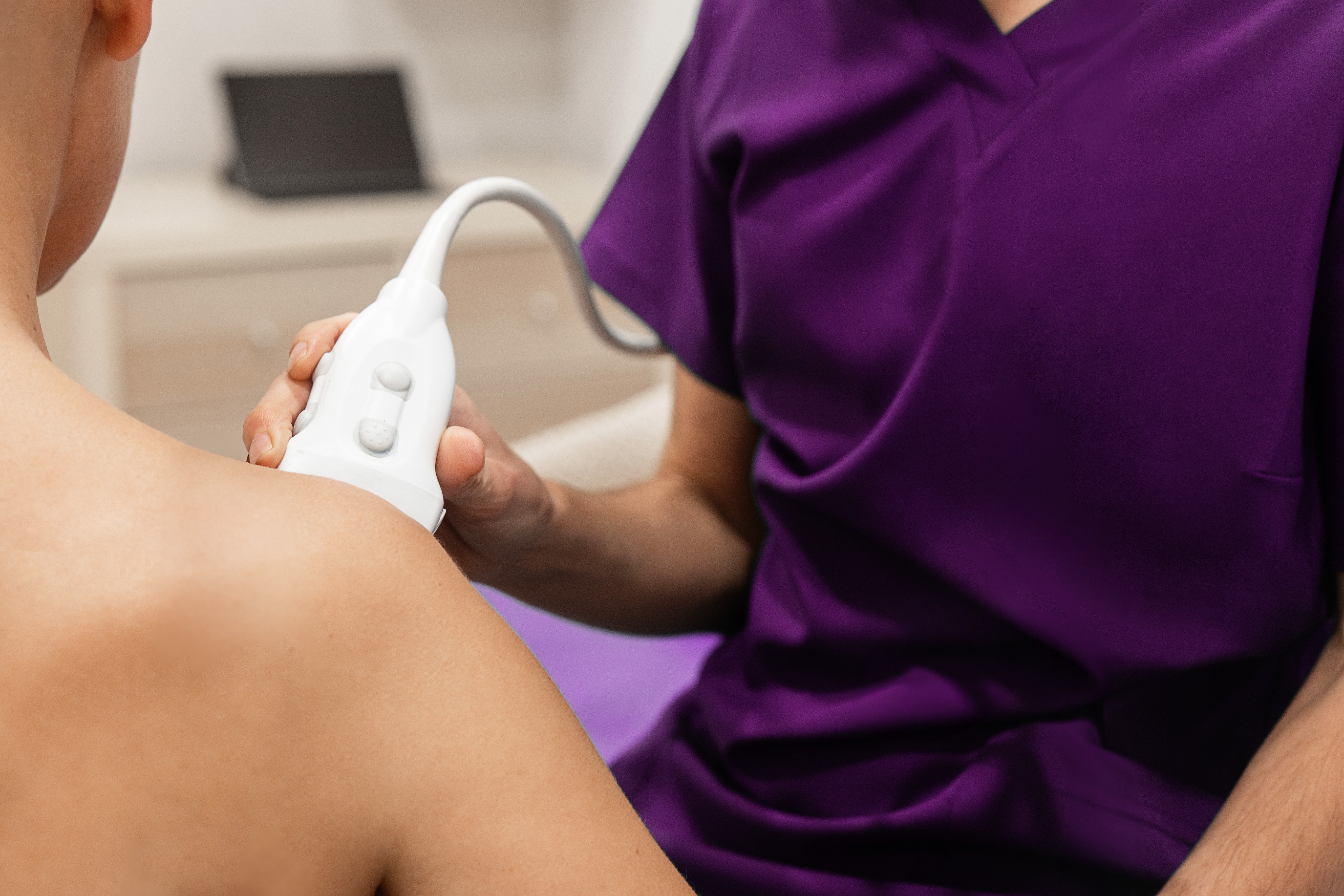The ability to swiftly and accurately diagnose and treat musculoskeletal (MSK) injuries is paramount to sports medicine, orthopedics, family medicine, and beyond. A recent case study highlights the revolutionary role that point-of-care ultrasound (POCUS) can play in managing anterior shoulder dislocations. This article delves into the key takeaways from this study and explore how ultrasound training can further enhance patient care.

The case involves a 30-year-old male who experienced an anterior shoulder dislocation following a motorcycle accident. Traditional X-ray imaging was initially used to diagnose the dislocation and identify any concurrent fractures. The use of ultrasound was instrumental in confirming the diagnosis and providing an immediate bedside confirmation of a successful reduction of the shoulder dislocation.
After the initial diagnosis via X-ray, the patient underwent sedation and a reduction procedure. The bedside ultrasound was then used to confirm the success of the reduction before a follow-up X-ray was performed. This immediate feedback from the ultrasound allowed for real-time decision-making, ensuring that the reduction was successful, potentially avoiding the need for additional sedation.
Immediate recognition of an unsuccessful reduction using bedside ultrasound means that the reduction process can continue while the patient is still sedated. This approach not only enhances patient safety but also improves the efficiency of care.
The bedside ultrasound findings were corroborated by follow-up X-ray imaging, confirming the successful reduction of the dislocation. The patient was then discharged with follow-up instructions for orthopedics.
The integration of handheld ultrasound in managing shoulder dislocations represents a significant advancement in patient care. The ability to quickly confirm successful reductions and continue the procedure without additional sedations streamlines the treatment process and enhances patient outcomes.
This case highlights the growing importance of POCUS in emergency and sports medicine, orthopedics, and family medicine. It demonstrates how this technology can be used effectively even by novice sonographers with limited ultrasound training. As more healthcare providers become proficient in using POCUS, the potential for improved patient care and safety increases.
Advancing the Use of Ultrasound in MSK, Sports Medicine, and Family Medicine
SonoSim's ultrasound training solutions can empower healthcare professionals to harness the full potential of POCUS. The SonoSim Musculoskeletal Series spans multiple ultrasound topics and applications, including ultrasound-guided injections and joint aspirations. SonoSim ensures that practitioners are well-equipped to perform accurate and timely ultrasound assessments.
By leveraging SonoSim's expertise, healthcare providers can deliver more efficient, accurate, and safer care for patients with shoulder dislocations and other MSK injuries. For more information on how SonoSim can elevate your practice, check out our musculoskeletal ultrasound training page.